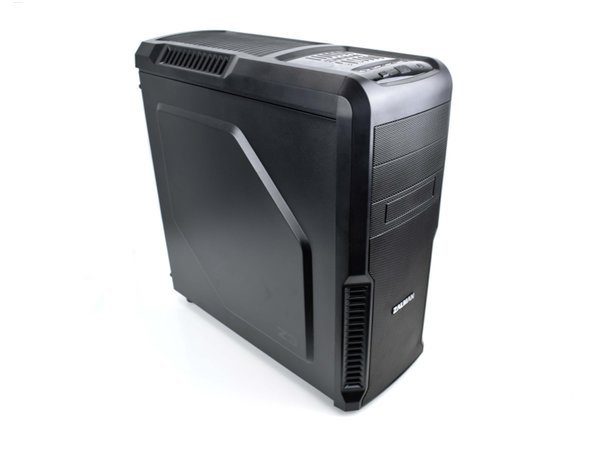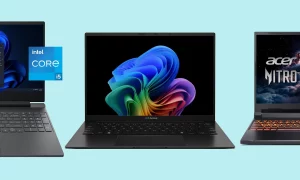
Industry soothsayer Gartner said PC shipments have declined by 4.3% in the second quarter. That isn’t surprising–the PC market has been in a slump for five years and the last quarter was the 11th straight quarter-on-quarter decline. However, it is surprising that quarterly shipments have dipped to the lowest point in a decade. To put that in perspective, AMD released the AMD Phenom II X6 1100T in 2007. It’s been a while.
Things get worse when we zoom in on the stagnant desktop PC market. Vendors shipped 14 million units in the second quarter, which is a 5.7% decline. Surprisingly, Gartner points its finger at Chromebooks, which grew 38% last year compared to the Desktop PC’s 6% regression. Gartner predicts Chromebook growth could accelerate if nagging data coverage and offline device capacity issues are improved.
We’ve seen more excitement in the enthusiast market this year than we’ve seen in years. The string of new CPU releases is nearly too long to list, and there are several more to come over the next few weeks (hint) and months. Unfortunately, the string of new processor releases hasn’t had a significant impact on the desktop PC market. The OEM market isn’t that exciting, but it fuels the economies of scale that enable lower pricing, so the ill wind blowing over the PC market eventually has an impact on the enthusiast market in one way or another.
Component shortages are exacerbating the problem. The industry is weathering SSD, DRAM, and LCD panel shortages, all of which have an impact on pricing. Gartner says some OEMs are absorbing the higher component costs, but others are merely passing on the pain in the form of higher prices. That leads to depressed sales figures.
HP is one of the few vendors doing well; it surpassed Lenovo to take the pole position and has enjoyed five quarters of steady growth. Dell is also doing well with five successive quarters of growth, while Lenovo suffered its second quarterly decline. Meanwhile, Apple also suffered a 9.6% decline in Mac sales, while Asus suffered the biggest quarterly drop. Asus’ shipments declined by 40.7% last quarter. That’s a pretty stunning drop, but there is no clear explanation why the company had such a severe downturn.
IDC also weighed in with its own version of events, but the overall trend is the same. IDC notes that last quarter the PC market declined 3.3% year-over-year, which is better than its initial 3.9% prediction. IDC also cites component shortages as one of the key aggravating factors.
We should see NAND supply increase through the tail end of the year, largely because SanDisk/Toshiba’s 3D BiCS NAND is finally shipping in significant volume. That should help ease SSD pricing. Unfortunately, we shouldn’t expect DRAM pricing to level off anytime soon, which doesn’t bode well for the chances of a speedy PC recovery.











